Marco Kiko Chan: Celebrating Culture and Friendship with Lomography Color Negative 120 Film
1 4 Share TweetLomoAmigo Marco Kiko Chan joins us today to share his participation in our mission to save medium format film from extinction. With his camera loaded with Lomography Color Negative 120 ISO 400 film, the New York City-based photographer hit the streets with an old friend to reminisce on their Filipino culture and how far they've come creatively since becoming friends.
Hi Marco, welcome back to Lomography Magazine! Can you start off by telling us a bit about what you've been up to since we last spoke?
Since we last spoke, I’ve been very grateful to have done a good amount of freelance work, mainly portrait shoots and artist promo. I also put out my first photo book called Laundry Days — it’s a photo journal of NYC observations during the fall and winter of 2022.
I’ve slowed down a lot since then and shifted gears to photographing personal moments with family. Andres Rios and Peggy Nolan were big inspirations for this change. I took a trip to the Philippines this past fall for the first time in 20 years. I spent most of my time in the house my mom grew up in. The photos I took during that trip might result in a second book.
Can you tell us a bit about your background with medium format photography?
I started taking photos in 2018 after my aunt gifted me her old 35mm point and shoot. I didn’t think I had a reason to get a medium format camera until I started taking more portraits in the spring of 2021. I bought a Yashica Mat 124G on eBay. It was around this time that I had worked up the courage to start asking strangers on the street if I could take their portrait. My first 120 roll was a series of street portraits in Washington Square Park. The results blew me away. The larger negative really made a difference, and the new experience of shooting with a TLR got me wanting to shoot more and more. My Yashica is still the only medium format camera I use, and Lomography Color Negative 400 continues to be my favorite 120 film stock.
How would you describe your photographic style?
I mainly photograph people, but my style changes. Regardless of what I’m photographing, I can only hope that my images come out to be tender and poetic.
What was your first impression of shooting Lomo 400 in medium format?
Vibrant, sharp, and just the right amount of grain.
Can you tell us about the concept for your shoot?
The photos from this shoot are of my friend Izzy. She and I met a few years ago when we used to work at a grocery store together. We quickly became friends after bonding over art and being Filipino American. We’ve done a few shoots together in the past that have really helped me become a better photographer.
Most recently, Izzy designed a Filipino ice cream brand for a packaging design project. She researched a bunch of different Filipino snacks as reference. It was also around this time that I was getting ready to go to the Philippines.
When I got back from my trip, Izzy and I were trying to figure out where we wanted to shoot this roll together, and she brought up a great suggestion to go to Little Manila in Queens. She told me her mom used to take her into the neighborhood when she was younger for Filipino street food. It was perfect.
The shoot became a celebration of our culture and our friendship. Izzy’s mom treated us to lunch, and then we found ourselves wandering around the neighborhood, eventually entering the Phil-Am Food Mart where we nerded out over snacks we had as kids, the ones her grandma used to give her, and the ones I used to see hanging in my family’s storefront 20 years ago.
What gear was in your kit for the shoot?
The Yashica Mat 124G and a Nikon SB-30 flash.
Do you have any tips or tricks for those looking to make the jump from 35 mm to 120 film?
I think the most important thing you can do if you’re still deciding is actually spend some time with a medium format camera. See if you can shoot a roll with a friend’s camera (my friend Katie and I did a camera swap for a photo walk so I got to try her RB67), or even just ask to hold it and focus through it.
Definitely keep in mind that you’ll have fewer exposures per roll, and that different cameras will mean a different number of exposures (i.e. 6x6 camera gives you 12 exposures, 6x7 gives you 10 exposures).
However, each photo will have much greater detail than you’re used to with 35 mm, and that to me makes it worth it. Like most things in life, it helps to find a place to start and then work your way around from there.
Lastly, something that I like to do is any time I’m looking for a new camera, I try to sell one that I currently own. Trying out new cameras becomes much more affordable this way.
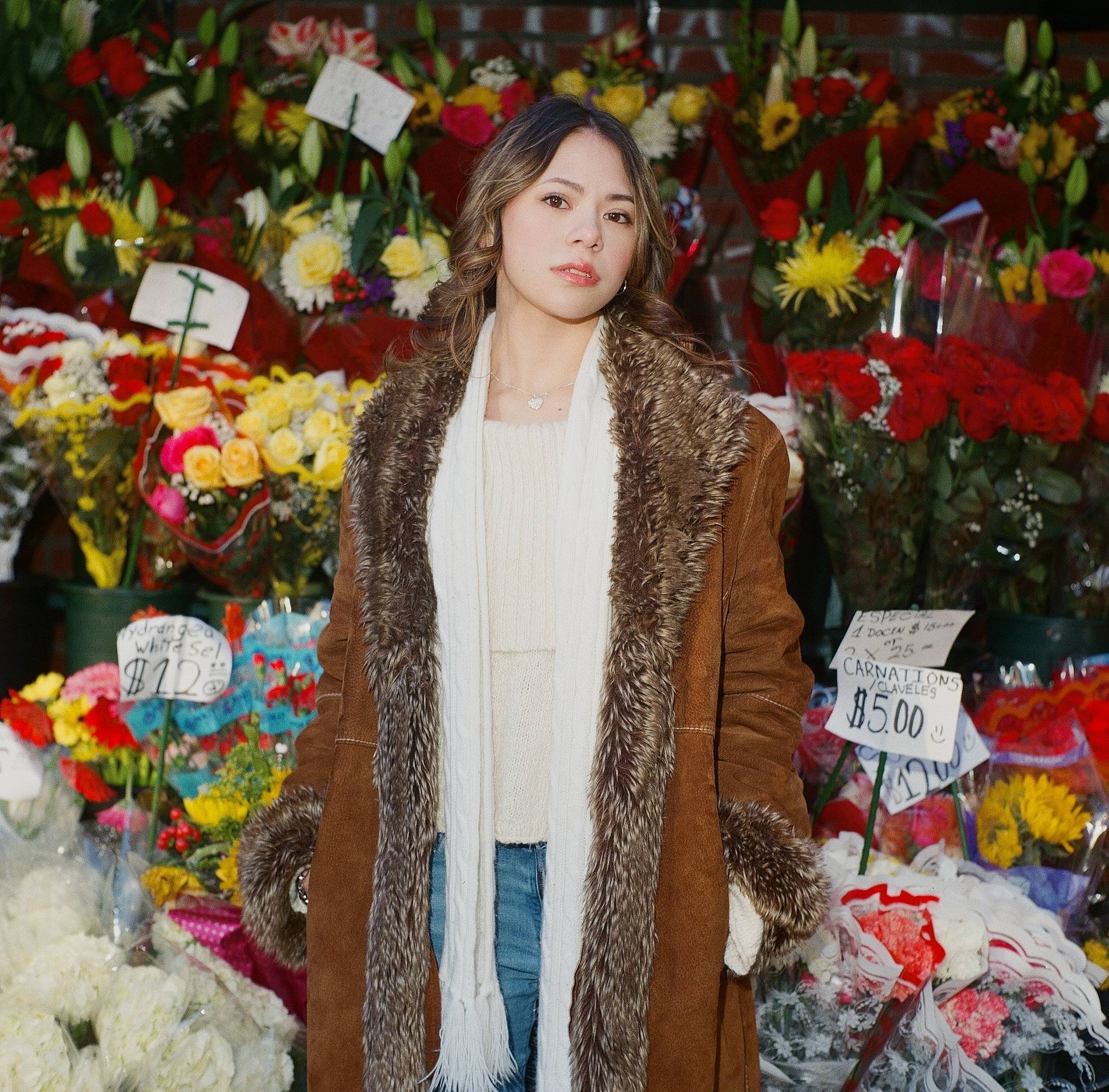
Do you have a favorite shot from this shoot?
The forward facing shot of Izzy in front of the flower stand is probably my favorite. I think her pose is great, and I like the way the flowers surround her. Shot in the shadow of the subway stairs, flash at full power, f/5.6 at 1/125.
Anything else you'd like to share?
Thank you Lomography for helping keep 120 alive and affordable!
If you're interested in seeing more of Marco's work, check out his Instagram and find details on how to pick up his book Laundry Days on his website.
written by eloffreno on 2024-02-22 #gear #culture #people #places #medium-format #120-is-forever #saving-120 #a-future-for-120


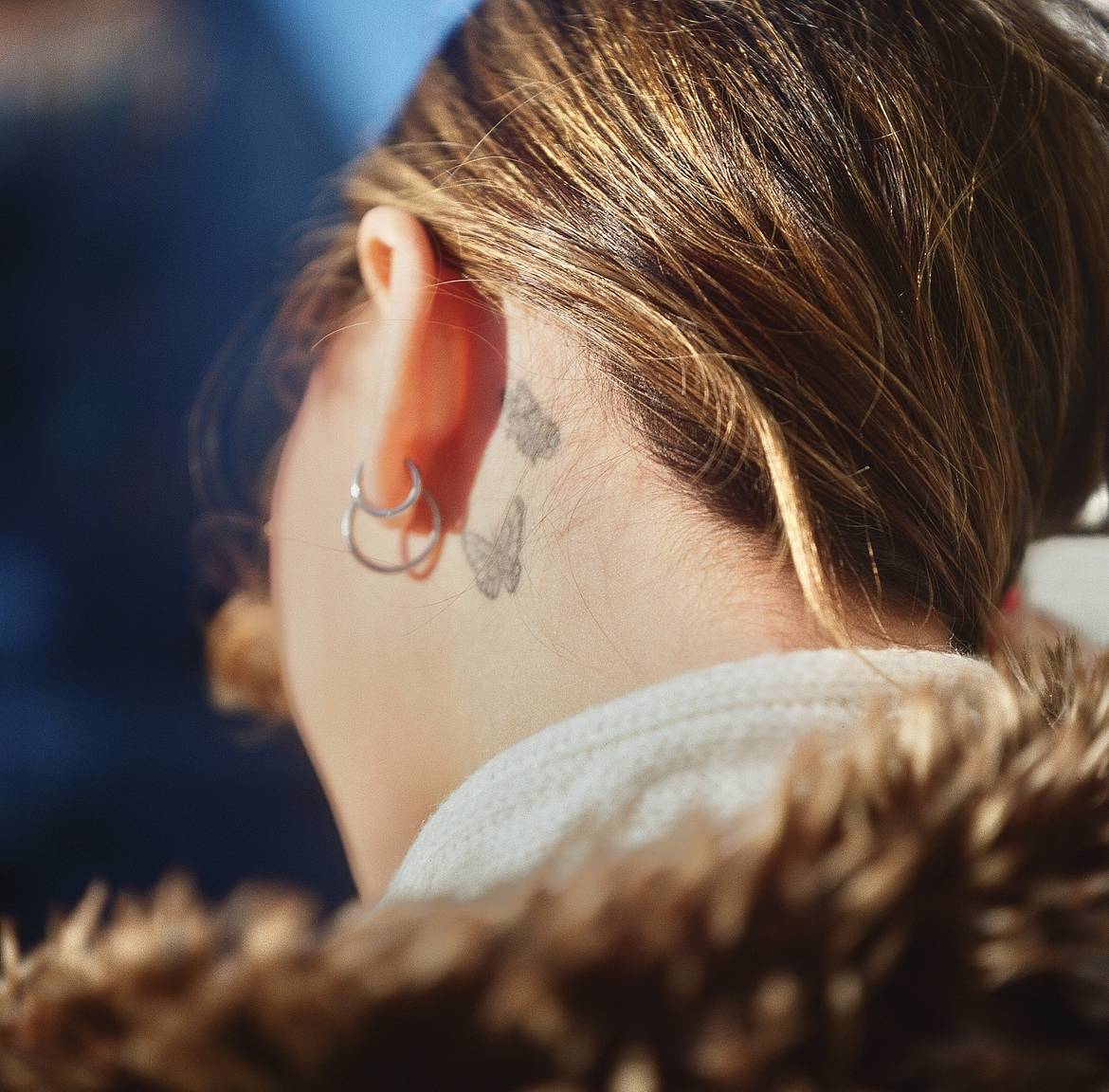



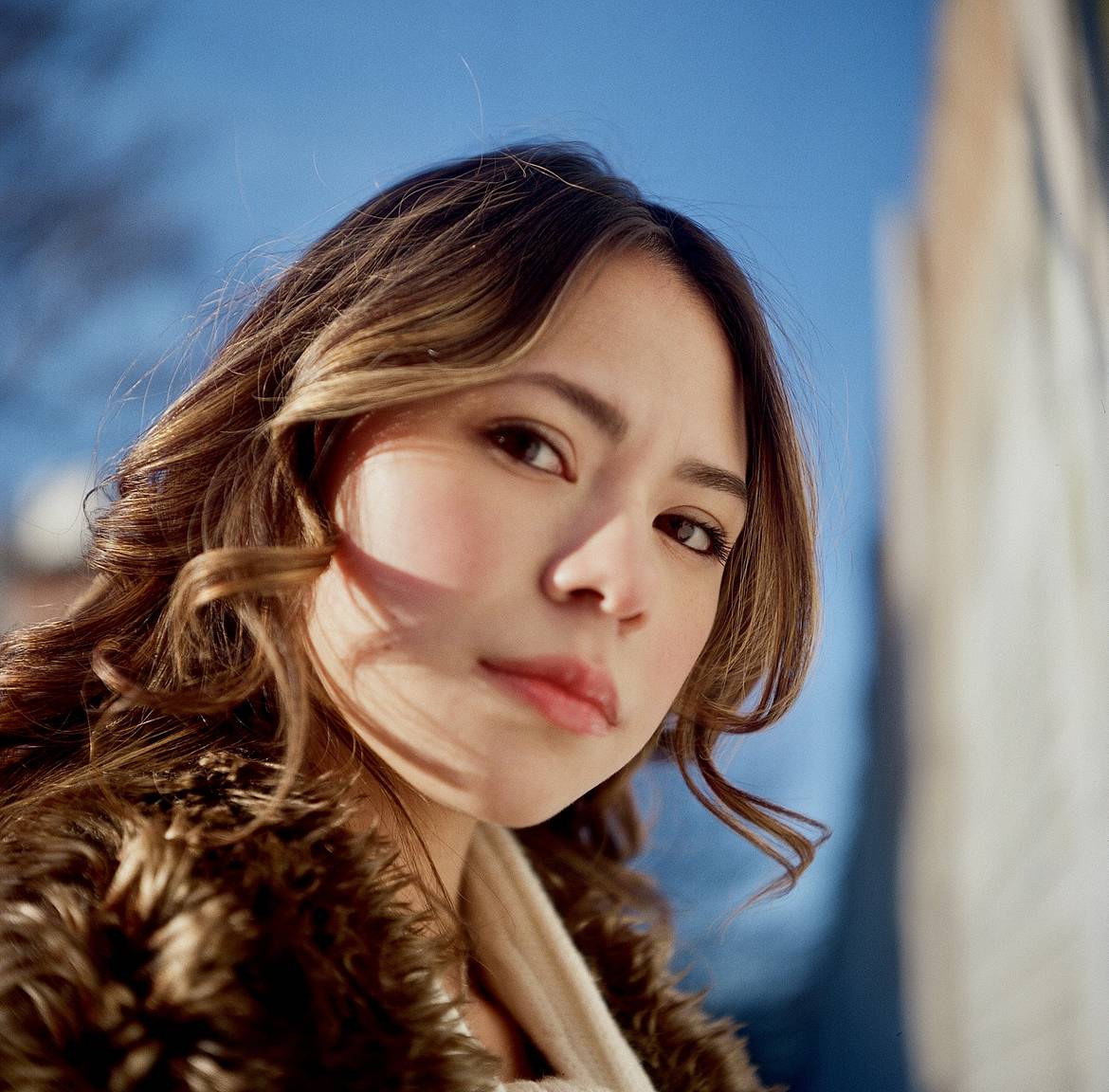


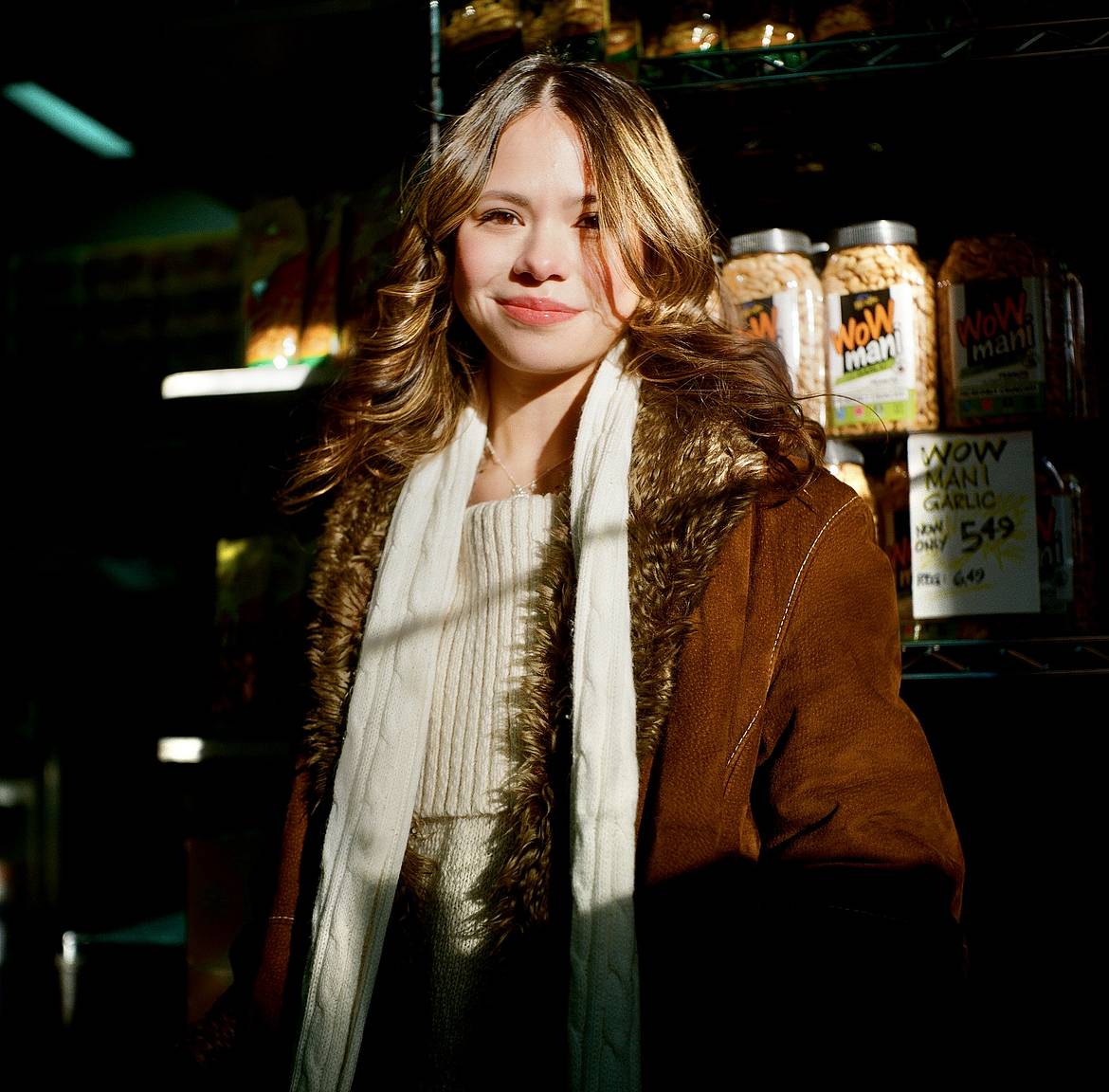

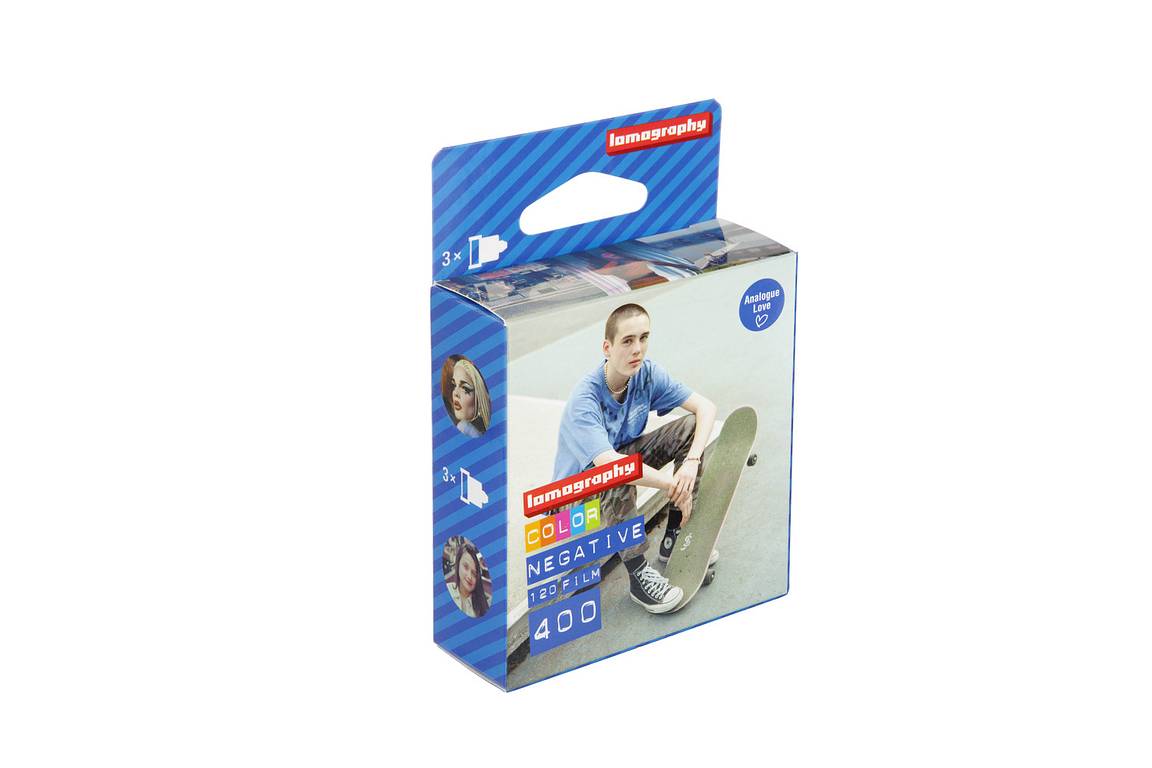

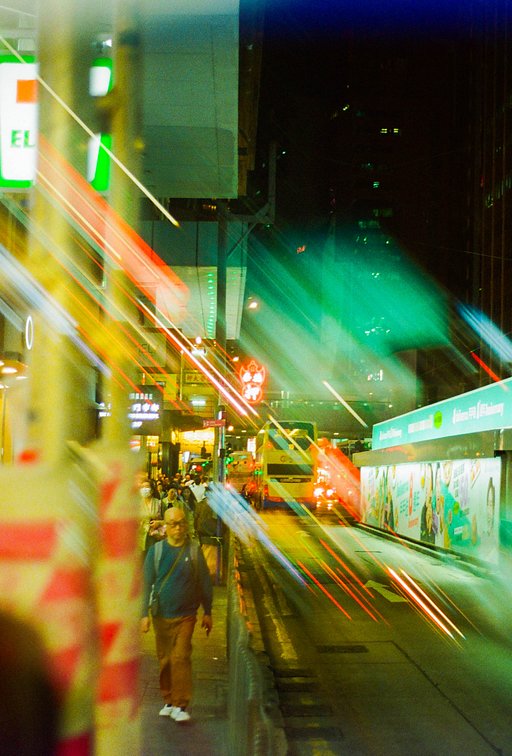







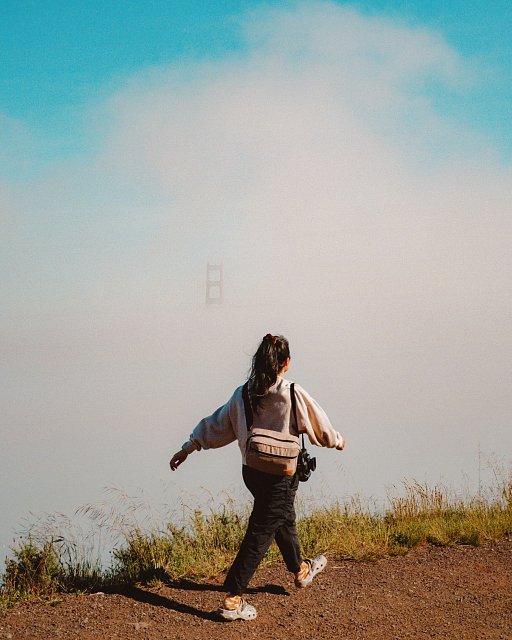






No Comments